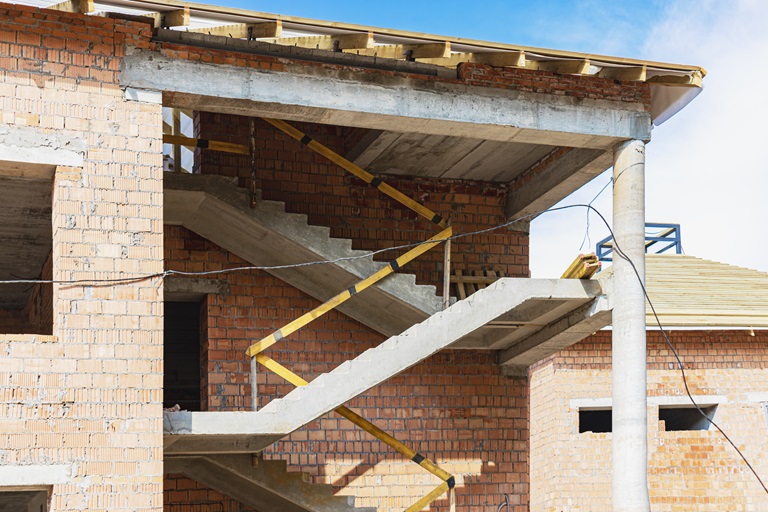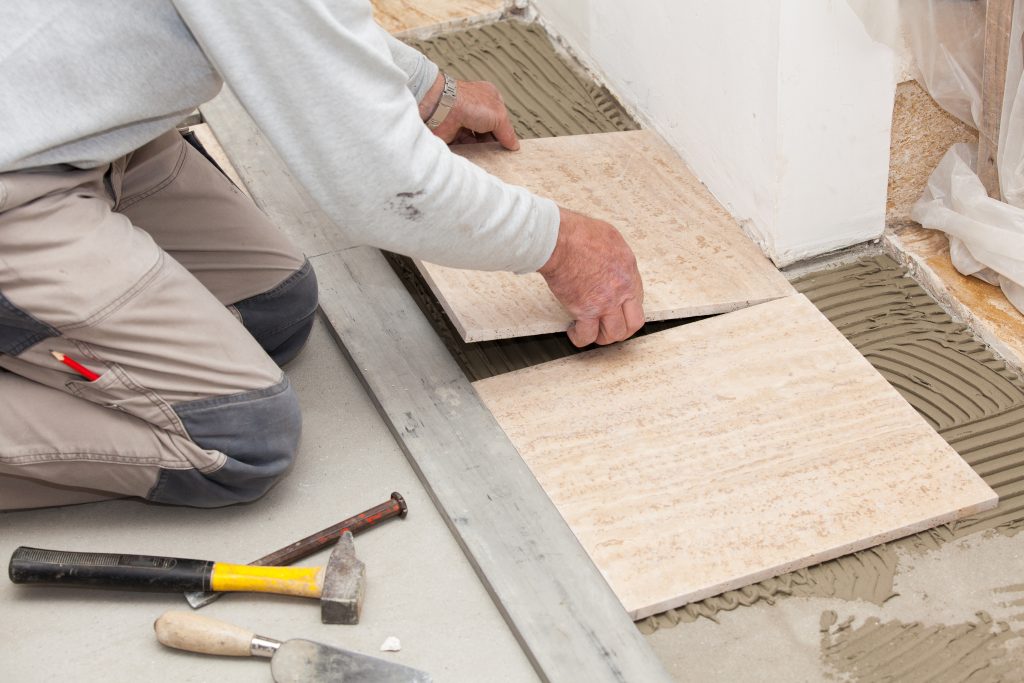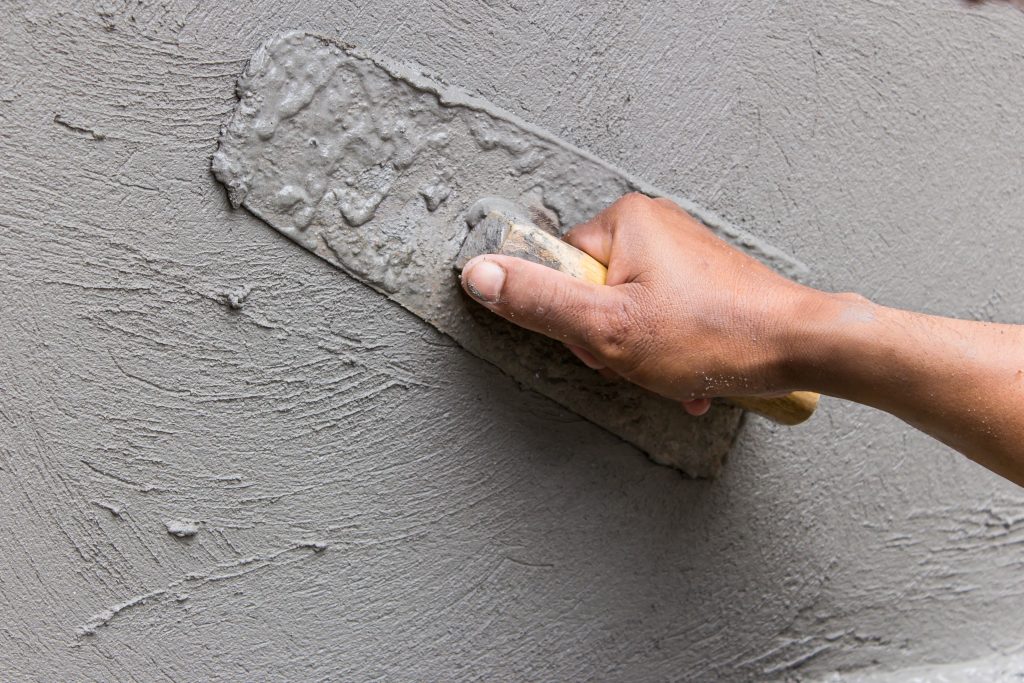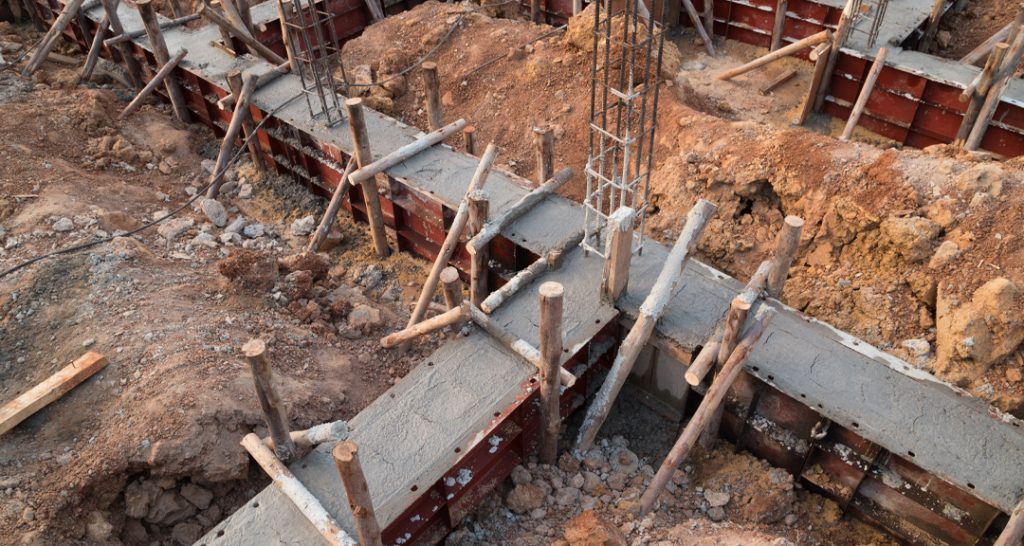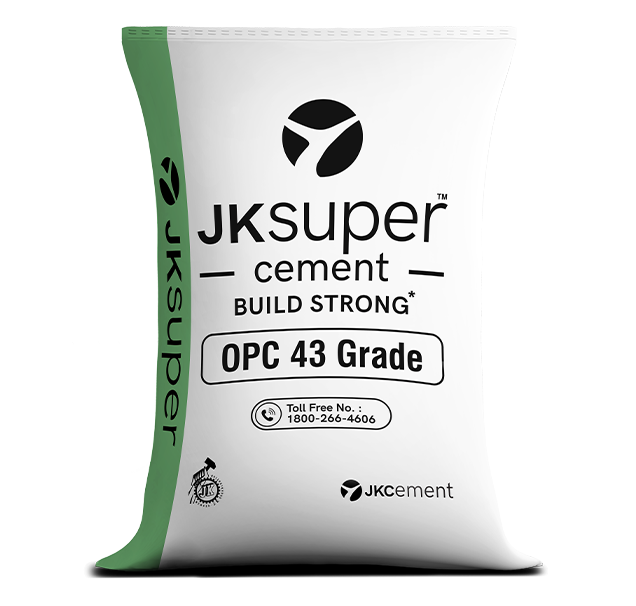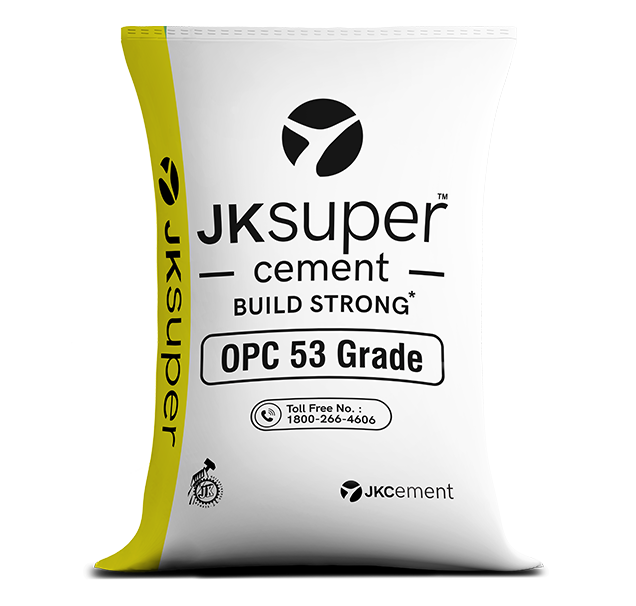Lintel is a structural part that is used during the construction of every door and window of your house. These structural parts are utilised to support the weight above openings and safeguard the structural integrity of your house. Lintels are constructed in different types using varied materials depending on the structural requirements. Read on to learn more about the use of lintel in construction and its types.
What Is Lintel in Construction?
A lintel in construction is a type of beam that spans across openings like doors, windows, or other architectural openings. It is positioned horizontally to bear load and support the weight of the structure above the opening. Lintels are designed to distribute the load evenly to ensure structural integrity by preventing the collapsing of the frames around the opening. Lintels are made using various materials such as steel, concrete, wood, or bricks based on the specific structural requirements.
What Are the Different Types of Lintels in Construction?
Here are the different types of lintels used in the construction of numerous structures.
Timber lintels:
These are crafted from hardwoods like oak or teak and used as beams or planks to create a horizontal load-bearing structure across openings like doors and windows. Timber lintels offer moderate load-carrying capacities and are suitable for smaller spans. However, their usage is constrained due to lower fire resistance and susceptibility to decay, rot, and insect infestation over time.
Stone lintels:
They are carved into slabs from durable natural stone such as granite, limestone, or sandstone to provide exceptional durability and aesthetic appeal. However, their use in modern construction has declined as they are labour-intensive and require skilled stonemasons. Moreover, they have low tensile resistance and could crack due to surface vibrations when used for larger spans or heavy loads.
Brick lintels:
These are formed by arranging bricks in a specific pattern to cover openings of doors or windows. The bricks are laid lengthwise or end-to-end and then coated with mortar made using Portland Pozzolana cement or grey cement to create a load-bearing structure. Brick lintels offer good compressive strength and are suitable for smaller to medium-sized openings less than 1m. However, their load-bearing capabilities might not suffice for structures with larger spans or heavy load requirements.
Reinforced brick lintels:
These are advanced forms of brick lintels having additional reinforcement for enhanced strength and load-bearing capabilities. Reinforcements in the form of steel bars or rods are embedded within the brickwork during construction to enhance the lintel’s structural integrity. This reinforcement significantly increases the lintel’s ability to bear heavier loads while maintaining the aesthetic appeal of brick construction. Reinforced brick lintels are utilised in situations where the load demands are high requiring added strength without compromising on visual appeal.
Steel lintels:
These are constructed using steel angles, channel sections, or rolled steel joists which are placed singly or in combinations of two or three units. Steel lintels have an exceptional strength-to-weight ratio to offer superior load-bearing capacity. They are widely used in construction for various openings, especially in larger spans or heavy load-bearing scenarios. Steel lintels provide flexibility in design and structural requirements due to the custom fabrication options. Their resistance to corrosion and high load-bearing capabilities make them a preferred choice for construction projects requiring durability and high structural strength.
Reinforced cement concrete (RCC) lintels:
These are made using cement, aggregates, and reinforcement (steel bars or mesh) to enhance the load-bearing capabilities. These lintels are carefully designed and cast to meet specific structural requirements. RCC lintels offer excellent compressive and tensile strength, durability, and resistance to fire, weathering, and moisture. Their adaptability to various architectural designs and high load-bearing capacity make them a popular choice in construction, from smaller windows to larger doorways or structural openings in buildings. RCC lintels have two major subtypes:
Pre-cast lintels:
They are manufactured off-site in controlled environments such as factories or casting yards. Once produced, they are transported to the construction site and installed directly over the openings. Pre-cast lintels offer consistent quality, quicker installation, and reduced on-site labour.
Cast-in-situ lintels:
These are formed on-site directly within the structural framework of the building. This process involves creating moulds or formworks over the openings and pouring liquid concrete mixed with reinforcement embedded into the formwork. Once the concrete is cured and attains the required strength, the moulds are removed. Cast-in-situ lintels offer flexibility in design, allowing customisation for openings of various sizes and shapes.
Functions Of Lintels
The following are the major functions of lintels:
Load distribution:
Lintels evenly distribute loads from the structure above, such as walls, floors, or roofs, across openings like doors, or windows. By transferring the weight to the adjacent walls or supports, lintels prevent stress concentrations and ensure that the structural integrity of the entire building remains intact.
Structural support:
Lintels are essential for providing structural support and bearing the vertical load imposed by the walls or roofs above the openings. This support prevents from deformation of the building area surrounding the opening and other potential structural issues.
Reducing deflection:
Lintels help minimise deflection or bending of the supporting elements by distributing the load across a broader area. This reduces the risk of deformation or cracking in the surrounding masonry work while ensuring long-term stability.
Visual appeal:
Lintels also contribute to the aesthetic appeal of a building. They can be designed to complement the architectural style and enhance the overall design of the facade or interior spaces.
Use water-resistant cement from JK Cement to build your home shielded from moisture issues.
FAQs
What does lintel mean in construction?
A lintel is a structural element placed horizontally above openings in buildings, such as doors and windows. It supports the load from the structure above and distributes it across the sides of the opening.
What are the types of lintels in construction?
Here are the different types of lintels used in varied construction projects:
-
- Timber lintels
-
- Brick lintels
-
- Reinforced brick lintels
-
- Steel lintels
-
- Reinforced Cement Concrete (RCC) lintels
What is a steel lintel?
A steel lintel is a load-bearing structural component made of rolled steel joists or steel angles. It is widely used in construction for its high strength-to-weight ratio and durability. Steel lintels offer robust support for various openings and distributes loads effectively.
What is the function of lintel?
The primary function of a lintel is to bear the weight from above, distributing it evenly to the sides of an opening. Lintels also provide structural support and prevent deformation of the masonry work or framing around doors, windows, or other architectural openings.
What is the bearing of the lintel?
The bearing of a lintel refers to the height up to which it is inserted into the supporting wall.
Which is better, steel lintel or concrete lintel?
Choosing between a steel lintel and a concrete lintel depends on specific project requirements. Steel lintels offer higher strength and are ideal for larger spans or heavy loads. Concrete lintels are cost-effective and suitable for numerous types of openings.
What causes lintel failure?
Lintel can fail due to several reasons, primarily because of excessive loads or structural issues. It may also occur when the lintel is not adequately sized or supported for the load it carries, resulting in cracks or structural failure.
